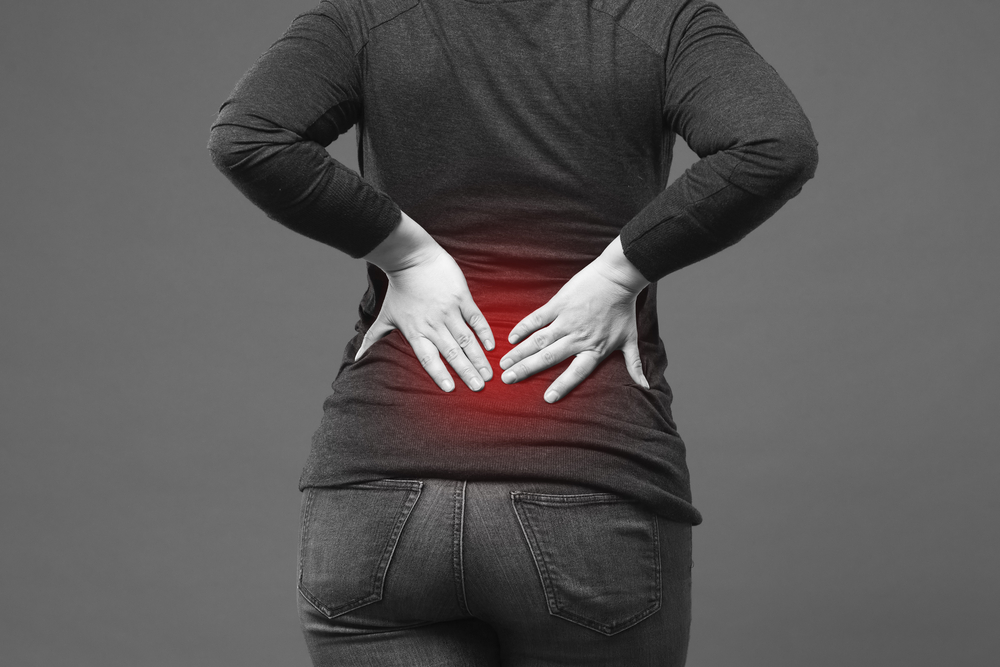15 Jan Why Good Posture Could Thwart the Negative Effects of Lumbago?
Many people live a sedentary lifestyle these days. Working in an office and sitting down for much of the day or, spending time hunched over a laptop. Even at home, people may slouch rather than be sitting up straight and this will gradually lead to health problems. Initially, there may be few side effects experienced with having a poor posture, but the spine is intricate and plays a vital role, supporting the upper body weight and it is responsible for flexibility and movement. It also protects the spinal cord.
 When care is not taken with posture, extra stress is placed on the spine and this could lead to anatomical changes. Back pain may occur because there is a constriction of the blood vessels and nerves. Greater stress is also added to the muscles, the discs, and the joints. It pays to improve posture and simply by having an awareness of seated and standing positions, it can be easy to make small adjustments. A poor posture may not be the exact cause of lumbago or other back-related issues, but it can place greater stress on back mechanics.
When care is not taken with posture, extra stress is placed on the spine and this could lead to anatomical changes. Back pain may occur because there is a constriction of the blood vessels and nerves. Greater stress is also added to the muscles, the discs, and the joints. It pays to improve posture and simply by having an awareness of seated and standing positions, it can be easy to make small adjustments. A poor posture may not be the exact cause of lumbago or other back-related issues, but it can place greater stress on back mechanics.
Simple adjustments may be all that is required:
- Walking tall – it is important to ensure that the head is balanced above the spine and that shoulders do not droop when walking. Looking straight ahead is the right way to walk rather than looking down. The movement of the foot should be that the heel touches down first, then, rolls forward to push off at the balls of the foot and the toes.
- Sitting – the back should be erect and the spine as close to the back of the chair as is possible. Shoulders should be down, and the head neatly placed over the top of the spine. Knees should be level with the hips and feet flat on the floor. It’s important to notice when the shoulders drop, and the spine appears to fold in on itself.
- Lifting – many people hurt their backs through lifting awkwardly. Keep any weight close to the body while the chest is forward. Lift through the legs.
Focus must also be kept on good movement.
Pain that occurs in the lower back will vary in intensity. It can happen in an instant through moving awkwardly, pain may be mild, a dull ache or, severe and it can last anything from a few days to a few months. Although the exact cause of lumbago is not known, if you consider weak core muscles – those of the back and spine, it makes sense that more back problems occur because the body is not fully protected. Taking care of posture is also important. When lower back pain occurs, there may be tiny strains in some of the muscles or ligaments and sometimes, arthritic conditions may play a role, perhaps problems in the facet joints, a prolapse of an intervertebral disc or, even, osteoporosis causing brittle bones.
Symptoms of lumbago include:
- Pain that spreads across the lower back radiating towards the buttocks
- Pain that increases when moving
- Restricted movement when bending forward or back.
- Muscles may spasm around the spine
- Severe pain may make the back tilt slightly causing a stiffness, poor posture and limp
- May lead to sciatic pain
Treatment can include:
- Staying active
- Using pain medication including non-steroidal anti-inflammatory drugs
- Hot pack
- Resting on a firm surface
- Avoid stooping, sitting on low furniture or bending or lifting
To improve lower back pain, it may be useful to consider a variety of treatments including acupuncture, spinal manipulation or massage which can relax the muscles, easing any spasms so to boost the healing process. In addition, physical therapy can help with posture, alignment of the spine, neck, and shoulders while assisting with an exercise program which works on stretching alongside core strength.




Sorry, the comment form is closed at this time.